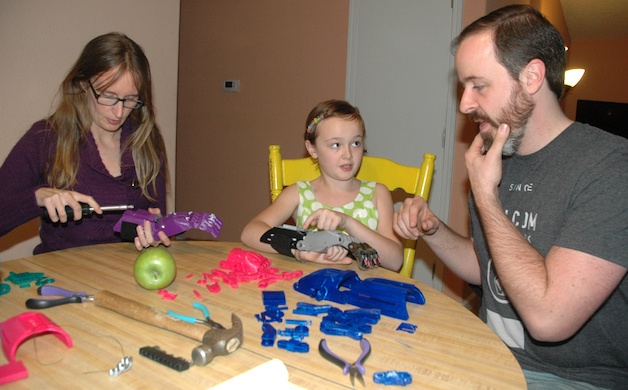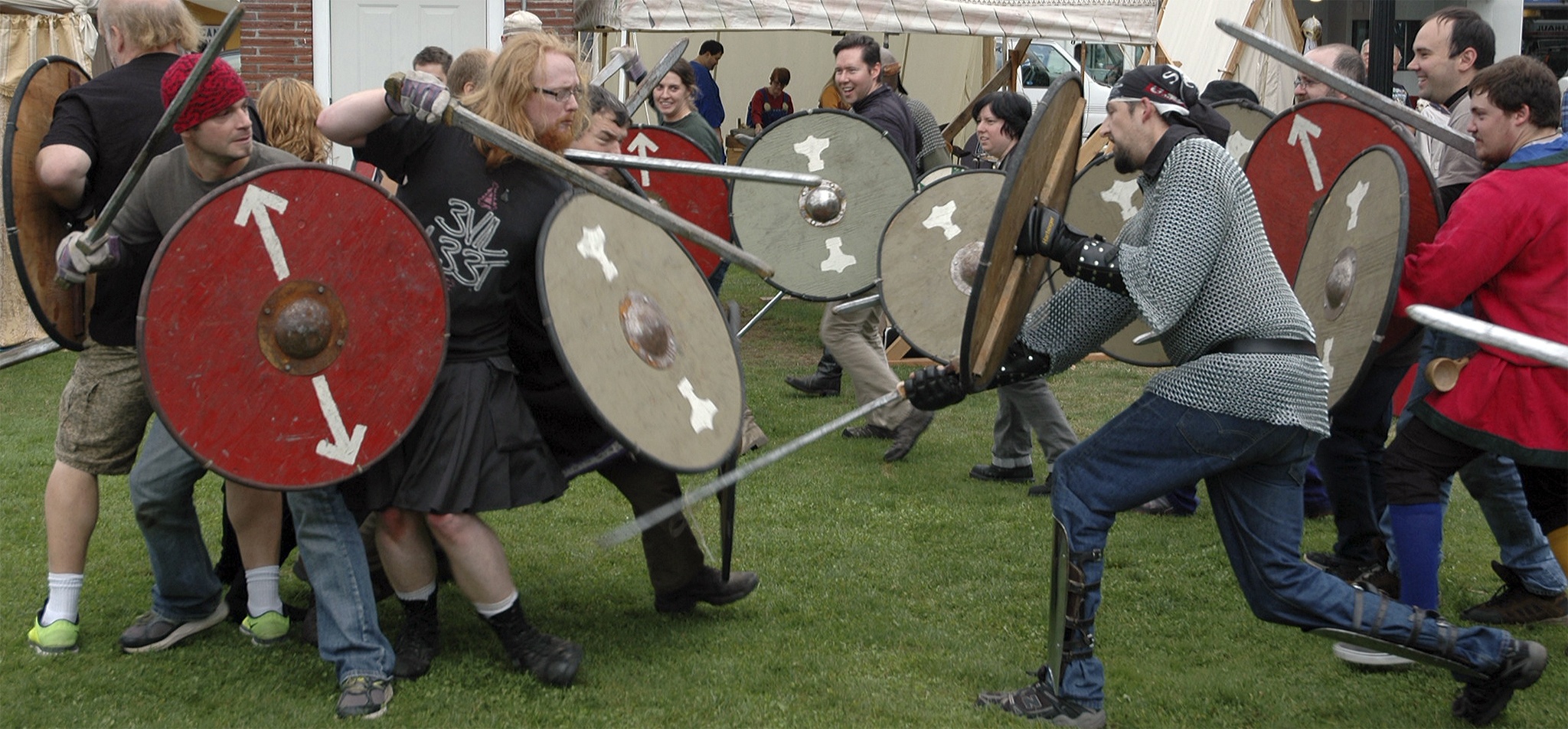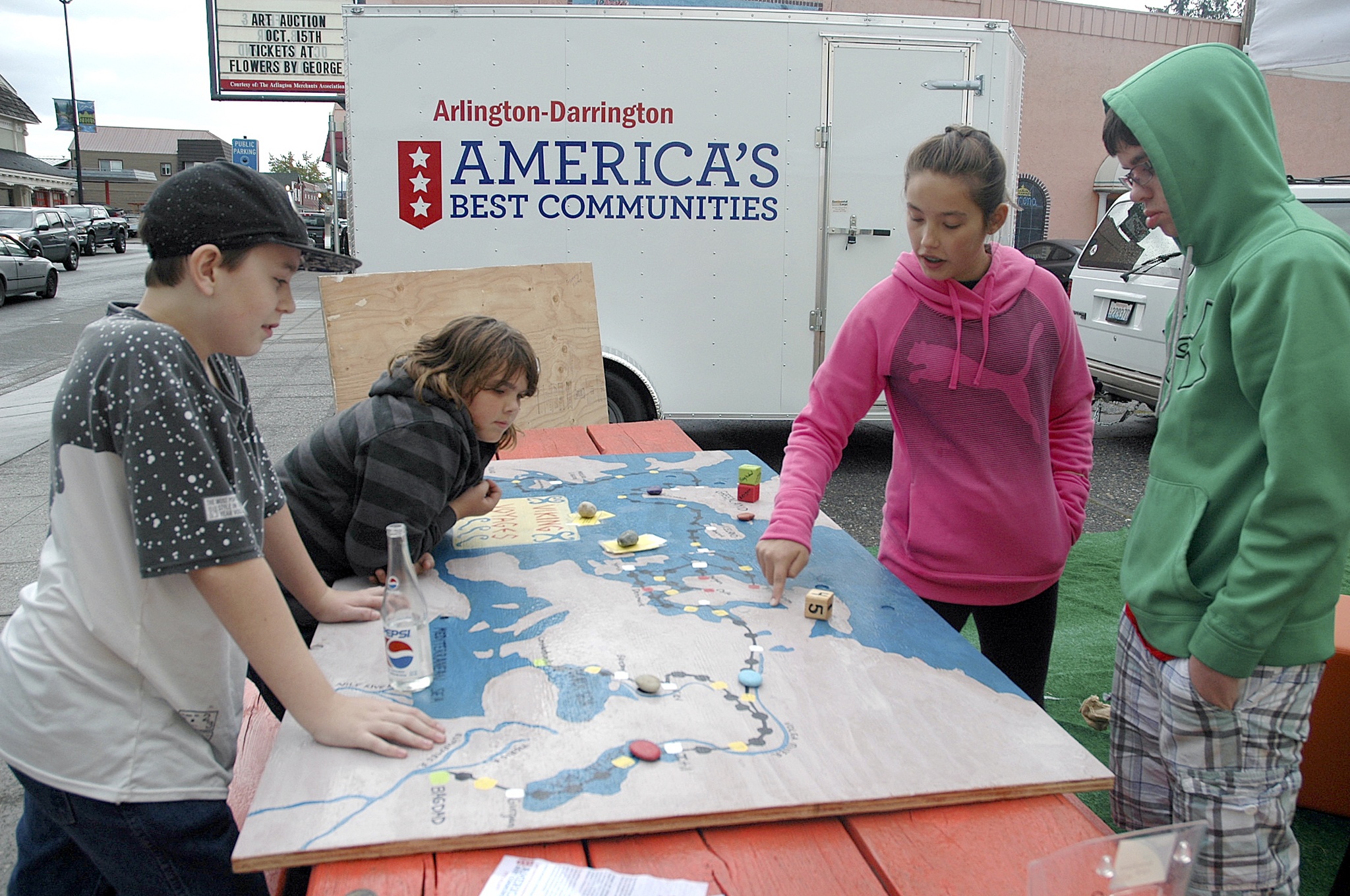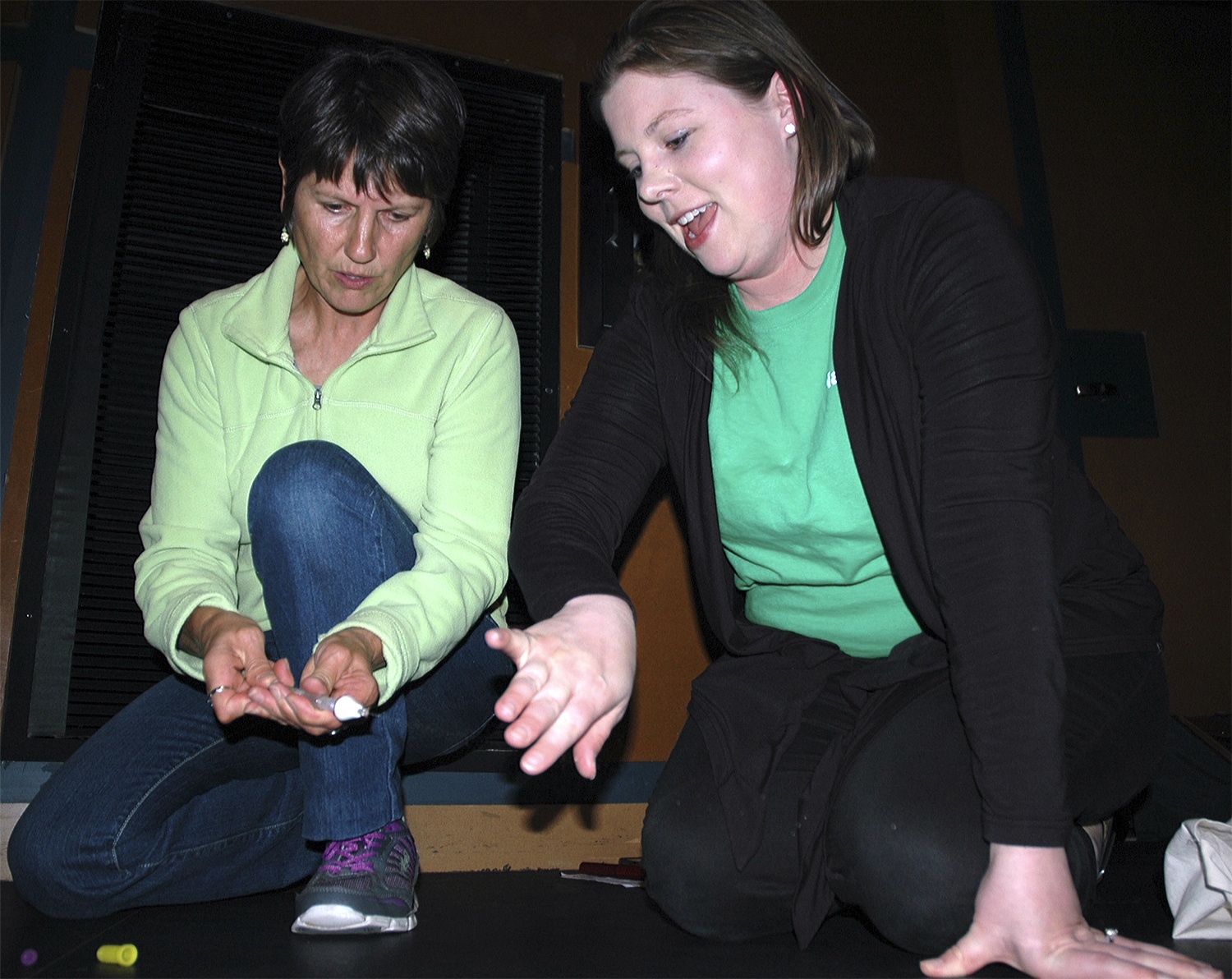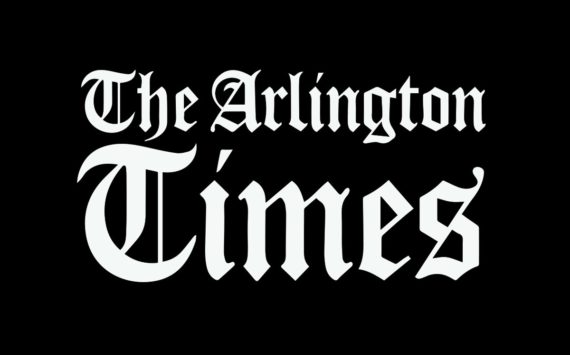ARLINGTON — What became a worldwide community devoted to supplying people with prosthetic limbs started out as an Arlington dad’s nerdy hobby.
Ivan Owen posted a video on YouTube about the giant puppet hand he’d created for a monster suit that was worn at science fiction and fantasy convention Norwescon in 2011.
A carpenter in South Africa, who’d lost four fingers due to his work, emailed Owen in December of that year, to ask if he could make a replacement finger for him.
“He just wanted a trigger finger to pull on his drill,” said Owen, who spent nearly a year corresponding with the carpenter. He received a plaster cast of the man’s hand before he completed the prototype in November of 2012. “It was only a few weeks before I was set to head out to South Africa, when another South African contacted me, asking what I could do for her son, who’d been born without fingers on his right hand.”
He quickly assembled another prototype. Both prototypes were made by hand, with bulky, heavy parts, and it soon dawned on Owen that, for all of his free labor, the boy would probably outgrow his prosthetic hand within six months.
“That’s when a coworker suggested 3-D printing, and I realized it was exactly what the technology that I needed,” said Owen, who would become the co-creator of the world’s first 3-D printed prosthetic hand. “Rather than redesigning new hands as a child gets bigger, all you need to do is just scale up the same design.”
Owen, who has no former training as a doctor or an engineer, had nonetheless developed his first 3-D printable prototype prosthetic hand by January of 2013, which he uploaded onto the Internet through Thingiverse. Owen placed his design in the public domain, and invited others to improve upon it.
This grew into the e-NABLE online community, which was founded by Jon Schull, of the Rochester Institute of Technology, to provide downloadable plans for affordable 3-D printed mechanical prosthetics that many people can build their own.
Owen estimated that his prototype cost the average person $150 in materials and 12 hours in labor to assemble, but with improvements from the e-NABLE community, the latest “Raptor Hand” runs around $35. Likewise, while e-NABLE started with barely 100 members in July of 2013, who had built about 10 hands, it now numbers 7,000 members, who have built nearly 2,000 hands in close to 40 countries.
“Even that expensive prototype was thousands of dollars less than a professionally made prosthetic, and each one is delivered free,” said Owen, who explained that e-NABLE networks those in need of prosthetics to those with 3-D printers. “Many people have built their own limbs. One twelve-year-old went to the library, downloaded the designs, followed the instructions and assembled it at home with his mom.”
Owen now works as the Makerspace Lab manager at the University of Washington in Bothell, where he helps mentor students who are working on their capstone and research projects, and helps student and staff alike learn about 3-D printing, in addition to overseeing the Makerspace that he set up on campus.
Ivan’s 10-year-old daughter, Torrae, not only served as a hand-model for his first child-sized prototype, but has since become an assistant builder and tester of his work. This year has seen her fist-bump one of her dad’s 3-D printed hands with talk show host Ellen Degeneres, and serve as the lead volunteer at a “Marvel Universe LIVE!” event, where she helped teach a young girl and her family how to assemble their own device.
“Kids have added spaces for Lego toppers, and customized their hands with stars, hearts and footballs,” said Owen’s wife, Jennifer. “The more they’re involved in creating these hands, the more likely they are to use them.
“It makes them feel special, not just different,” she added. “Before, you’ll see them tucking their hands away in their sleeves, but after, all the kids want a hand like they’ve got. They go from being shunned to being popular.”
Jennifer has blogged about Owen’s work throughout the development process, and praised the community that has sprung up around his efforts.
“You have people with different politics, religions and cultures coming together, when we’re told that everyone else is tearing each other apart,” Jennifer said. “They just want to help. There’s only so many Yoda heads or Warhammer figures that most people can make before their 3-D printers sit lifeless in the basement, but with something like this, where they know they’re making a difference, they’re more than willing to donate their time and supplies.”
Owen added: “You’ve got everyone from special effects artists to high school teachers to professional engineers to a machining instructor from Wisconsin. With so many different perspectives, you have a lot of ‘A-ha!’ moments.”
The Owen family is set to receive the Daily Point of Light Award on Friday, Dec. 4, for taking action to create change in their community through volunteer service. They will ride in a horse-drawn wagon in the Arlington Santa Parade on Saturday, Dec. 5, with Torrae helping to light the city’s Christmas tree that afternoon. Mayor Barbara Tolbert will honor the Owen family during the Dec. 7 City Council meeting, starting at 7 p.m. at 110 E. Third St.
For details on e-NABLE, visit enablingthefuture.org.
